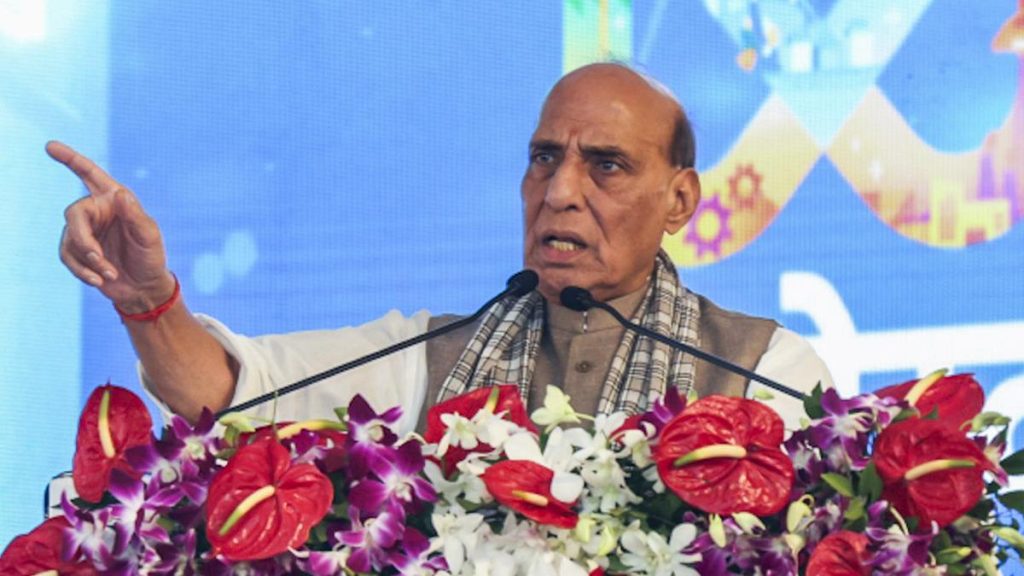Now Reading: Scientists Raise Alarm Over Emerging Diseases Linked to Invasive Ticks
-
01
Scientists Raise Alarm Over Emerging Diseases Linked to Invasive Ticks
Scientists Raise Alarm Over Emerging Diseases Linked to Invasive Ticks

Rapid Summary
- Between 2019 and 2023, seven tick species native to countries like Germany, Guatemala, Tanzania, etc.,were found in Connecticut.
- Though invasive ticks haven’t directly caused new diseases in humans yet, they may soon pose risks as they carry pathogens akin to those transmitted by U.S. native ticks.
- Two Central American tick species tested positive for bacteria similar to Rocky Mountain spotted fever-a serious disease that can be fatal without treatment.
- Cases of tick-borne diseases have sharply risen in the U.S., increasing from 23,000 in 2004 to 71,000 cases by 2022.
- Climate change is expanding tick habitats into cooler regions previously unsuitable for survival and elongating active seasons both for ticks and humans.
- The Asian longhorned tick has already spread across more than 21 states since its first documentation in New Jersey (2017) and introduced bovine theileriosis among cattle via a parasite not native to the U.S.
- Experts recommend preventive measures such as using protective clothing outdoors, checking personal belongings after travel abroad to prevent invasive species introduction.
indian Opinion Analysis
The findings underscore two broader themes relevant for India: climate-induced impacts on vector ecology and the interconnectedness of global ecosystems due to trade or travel patterns. India’s varied climate zones place it at high risk of similar scenarios where non-native parasites or vectors could be introduced through imports or tourism-perhaps threatening both human health systems and agricultural economies.
India also stands at a crossroads wiht rising temperatures facilitating outbreaks of regionally-adapted pathogens carried by resilient vectors such as ticks or mosquitoes-as evidenced recently with growing concerns around tropical diseases like dengue fever exacerbated by climate shifts.
A cohesive strategy integrating research collaboration between epidemiologists/climate scientists alongside public coordination mechanisms globally could shield vulnerable populations better anywhere-not just localized contexts explored today across Connecticut-USA slices modeled around-outliers!























